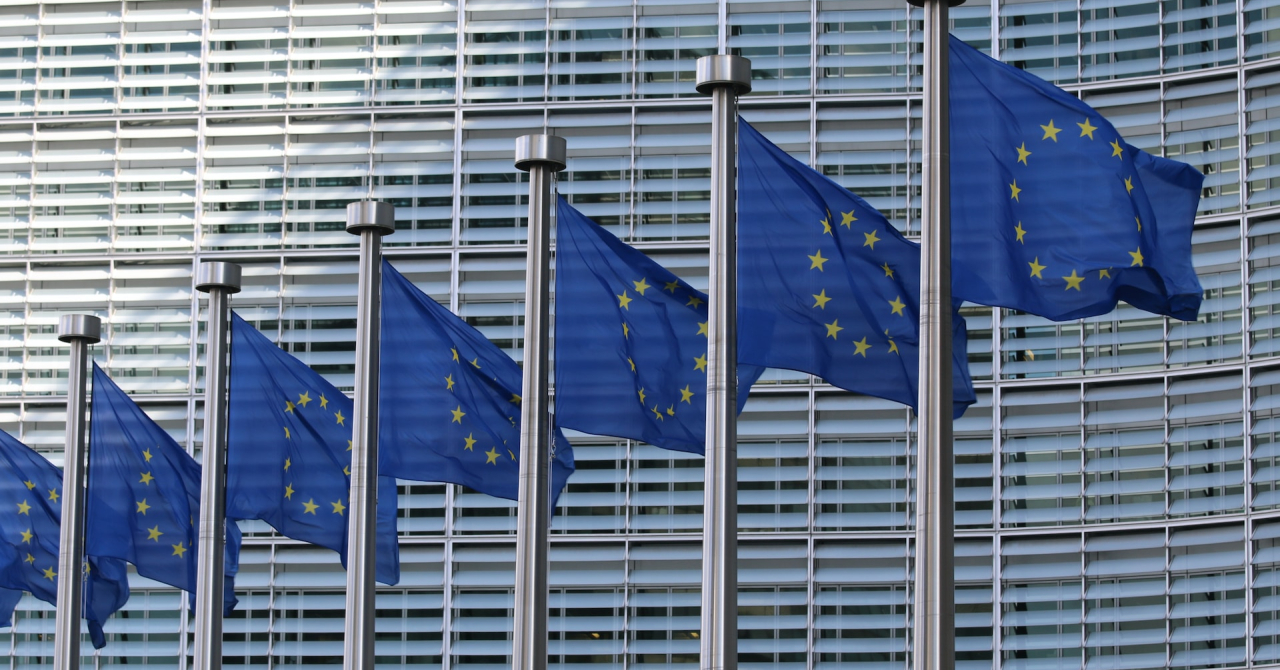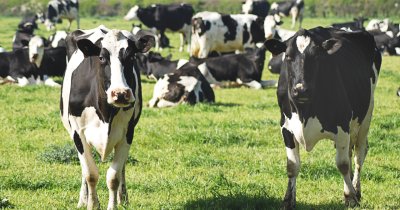The adopted restriction uses a broad definition of microplastics – it covers all synthetic polymer particles below five millimetres that are organic, insoluble and resist degradation. The purpose is to reduce emissions of intentional microplastics from as many products as possible. Some examples of common products in the scope of the restriction are:
- The granular infill material used on artificial sport surfaces – the largest source of intentional microplastics in the environment;
- Cosmetics, where microplastics is used for multiple purposes, such as exfoliation (microbeads) or obtaining a specific texture, fragrance or colour;
- Detergents, fabric softeners, glitter, fertilisers, plant protection products, toys, medicines and medical devices, just to name a few.
Products used at industrial sites or not releasing microplastics during use are derogated from the sale ban, but their manufacturers will have to provide instructions on how to use and dispose of the product to prevent microplastics emissions.
The first measures, for example the ban on loose glitter and microbeads, will start applying when the restriction enters into force starting October. In other cases, the sales ban will apply after a longer period to give affected stakeholders the time to develop and switch to alternatives.
The Commission is committed to fighting microplastics pollution, as stated in the European Green Deal and the new Circular Economy Action Plan. In the Zero Pollution Action Plan, the Commission set the target to reduce microplastics pollution by 30% by 2030.
As part of these efforts, the Commission is working to reduce microplastics pollution from different sources: plastic waste and litter, accidental and unintentional releases (e.g. plastic pellet loss, tyres degradation or release from clothing), as well as intentional uses in products.
It is estimated that 42,000 tonnes of microplastics intentionally added to products are released in the EU every year. The new rules will prevent the release to the environment of about half a million tonnes of microplastics.
Once in the environment, microplastics do not biodegrade and cannot be removed. They accumulate in animals, including fish and shellfish, and are consequently also consumed as food by humans.
 Mihai - Cristian Ioniță
Mihai - Cristian Ioniță












Any thoughts?